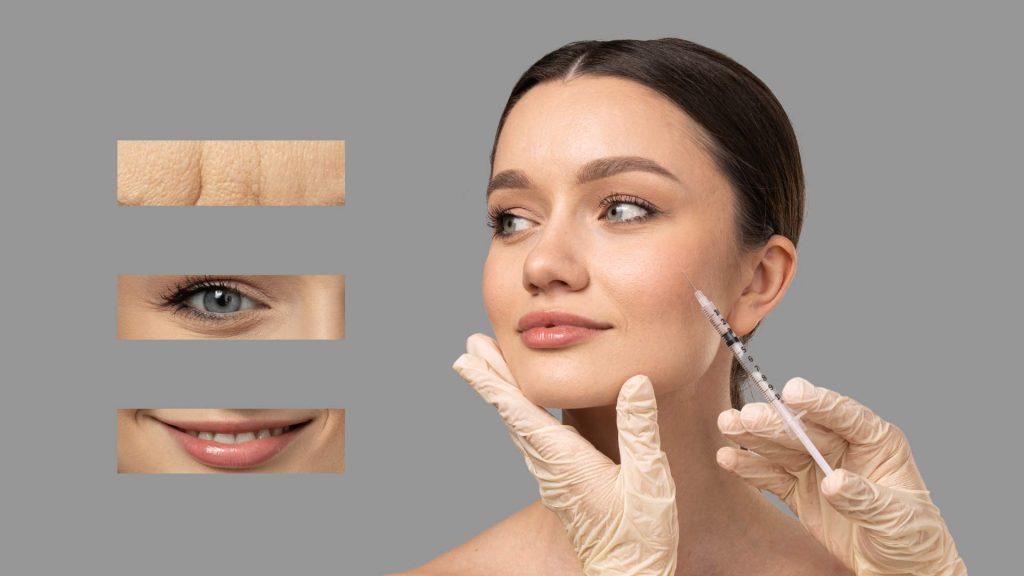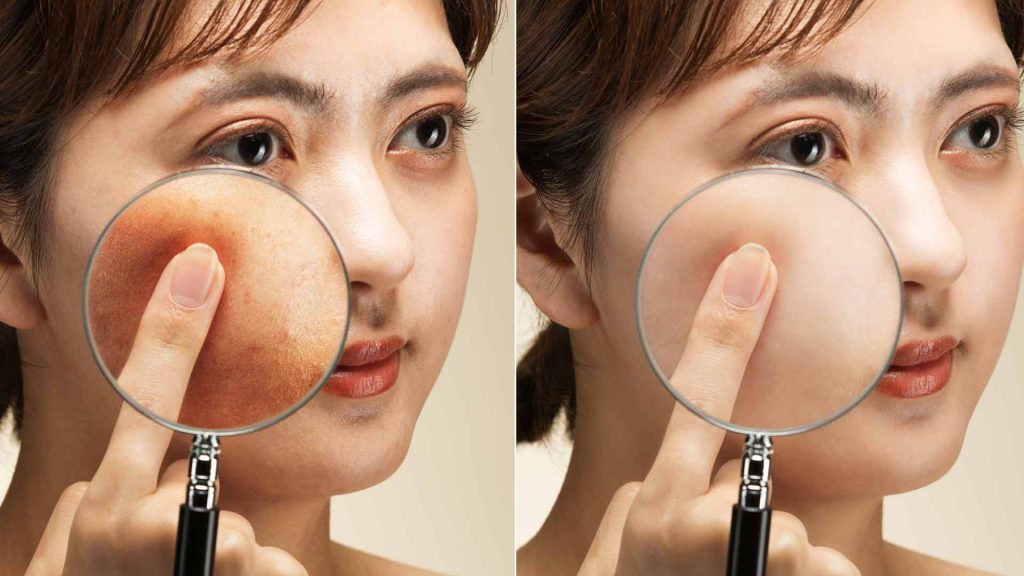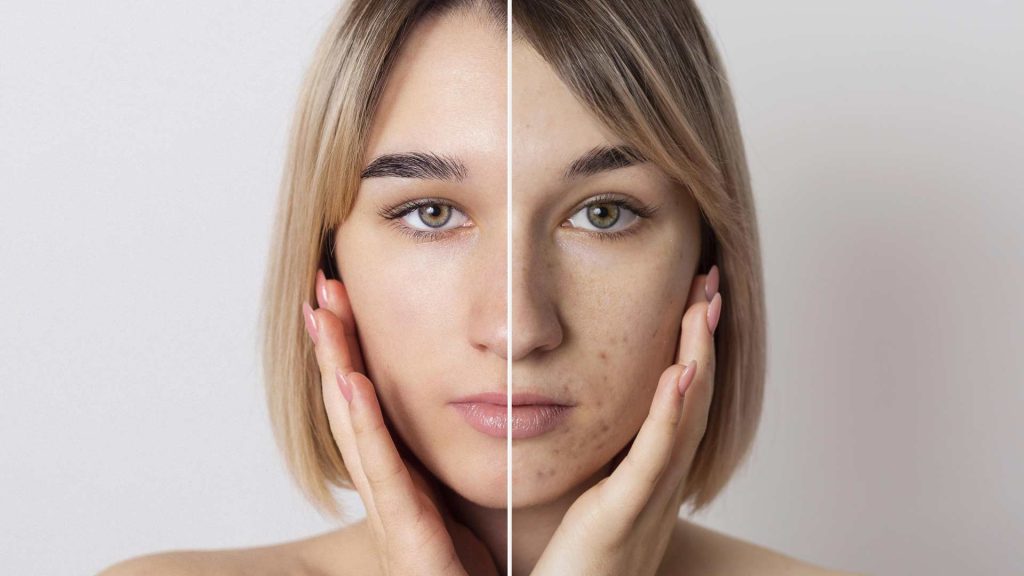Skin Boosters vs. Fillers: What’s Best for Your Skin?
 Wellness Treatments
Wellness TreatmentsTable of contents
Jump to any section
Today, increasing numbers of individuals are opting for non-surgical procedures to maintain their skin fresh, glowing, and youthful. Two of the most sought-after treatments that tend to emerge are skin boosters and fillers.
They may look very much alike at first sight since both involve injections, and both promise better looking skin. But they actually do very different things. And if you’re not sure which one is right for your skin, you don’t have to worry. Here we’ll break it down in a simple way so you can understand the difference between skin boosters and filters and figure out which one your skin really needs.
What Are Skin Boosters?
Skin boosters are a type of injectable treatment that is meant to deeply hydrate and improve the overall quality of your skin. Unlike dermal fillers, which add volume or shape, skin boosters work more like an advanced moisturiser, helps delivering hydration from within.
They typically contain hyaluronic acid (HA), which is a naturally occurring component in your body that helps retain moisture. Through a series of tiny microinjections, this HA is delivered just under the skin which helps it stays plump, smooth, and glowing.
What Skin Concerns Do They Target?

Skin boosters are generally great for:
- Dry or dehydrated skin
- Dullness or uneven texture
- Fine lines and crepey skin
- Loss of elasticity and firmness
- Tired-looking or aging skin
They’re perfect if your skin needs a boost of glow, hydration, and softness, without any drastic changes.
Who Are They Best For?
Skin boosters are best for:
- Anyone noticing their skin looks tired, dry, or less radiant.
- People in their mid-20s and above who want to slow early signs of aging.
- Those with dry or mature skin.
- Even great for younger skin as a “glow-up” or skin prep before events.
They’re suitable for all skin types and tones and can be used on the face, neck, décolletage, and even hands.
How Long Do the Results Last?
Results are not instant but build gradually. You’ll start noticing improvement in approx. 2–3 weeks after the first session. For best results, we recommend 3 sessions spaced 2–4 weeks apart, followed by maintenance every 4–6 months.
What Are Dermal Fillers?

Dermal fillers are gel-like injections that restore lost volume, smooth out lines, and improve facial contours. Typically made from hyaluronic acid (HA), a natural substance that keeps skin hydrated and plump, dermal fillers help regain youthful fullness and skin definition as we age.
Unlike skin boosters that focus on hydration and skin quality, fillers are all about adding volume and shaping certain areas of the face to give you a more youthful or defined look.
What Concerns Do Fillers Help With?
Dermal fillers can target a range of facial concerns, such as:
- Fine lines and wrinkles
- Nasolabial folds (smile lines)
- Sunken cheeks or temples
- Under-eye hollows (tear troughs)
- Thin or uneven lips
- Jawline or chin definition
- Neck lines and creases
- Volume loss in hands
They’re perfect for anyone looking to restore structure, enhance features, or smooth out signs of aging.
Who Are They Best For?
Dermal fillers are typically ideal for:
- Anyone noticing volume loss in areas like the cheeks, under-eyes, or around the mouth.
- If you want smoother skin or fewer wrinkles
- People looking to improve features like lips, chin, or jawline
- Anyone wanting a simple, non-surgical way to refresh their appearance.
Both men and women can benefit from fillers, and treatments are fully customizable.
How Long Do Fillers Last?
The effects of dermal fillers are usually visible immediately after the treatment, with full results settling in within a few days. However, depending on the area treated and the product used, results can last anywhere from 6 to 18 months. Maintenance sessions are usually recommended once the filler naturally dissolves over time.
The effect of dermal fillers are usually visible just after treatment occurs, and total result will settle within just a few days. However, results can last anywhere from 6 to 18 months, which depends on the area treated along with the product used. Maintenance sessions are usually recommended once the fillers naturally dissolves over time.
Key Differences: Skin Boosters vs. Fillers
| Feature | Skin Boosters | Dermal Fillers |
| Main Purpose | To deep hydrate and improve skin quality | To add volume, contour, and smooth deeper lines |
| How It Works | Microinjections of hyaluronic acid to hydrate skin | HA or other gel injected to lift, fill, or contour |
| Target Concerns | Dryness, dullness, fine texture, crepey skin | Wrinkles, fine lines, volume loss, facial hollows |
| Areas Treated | Face, neck, hands, décolletage | Lips, cheeks, under eyes, jawline, nasolabial folds |
| Results Timeline | Gradual, noticeable in 2–3 weeks | Immediate (with full effect in a few days) |
| Longevity | Around 6 months (varies by product & skin) | 6–18 months depending on area and product |
| Treatment Goal | Improve skin texture, glow, and hydration | Sculpt facial features and restore lost volume |
| Best For | Dull, tired, or dry skin (early aging signs) | Volume loss, sagging, or defined feature enhancement |
| Look & Feel | Natural glow and smoothness | Noticeable enhancement or contouring |
So, Which One Is Right for You?

Choosing between skin boosters and dermal fillers in Dubai depends on what your skin needs and what results you’re looking for.
If your skin feels dry, tired, or dull, and you’re just looking for a healthy, radiant glow, skin boosters are your best friend. They hydrate from within and improve your overall skin quality without changing your facial shape.
But if you’re seeing deeper lines, sagging, or volume loss in areas like your cheeks, lips, or under-eyes, then dermal fillers might be a better option for you. They help lift, smooth, and contour your features for a more youthful appearance.
If you’re still not sure which one suits, you? That’s alright. In many cases, a combination of both treatments works best – one to boost the skin, and the other to refine facial shape.
At Amara Aesthetic Studio, our skin care specialists will assess your skin, listen to your concerns, and create a personalised treatment plan that works just for you.
Let Amara Help You Choose What’s Right
There’s no one-size-fits-all answer when you decide between skin boosters and fillers. It really depends on what your skin actually needs – a boost of hydration, a glow-up before a big event, or just a hydrated glow. At Amara Aesthetic Studio, we take a truly patient-first approach. Our experts take time to understand your skin, your goals, and your lifestyle. Through in-depth consultation and advanced skin analysis, we create a personalised treatment plan that’s tailored just for you.
Ready to find out what your skin really needs? Book your consultation with Amara today.
Frequently Asked Questions – Skin Boosters
No, they are quite different. While they are both injected, and serve different purposes, skin boosters are injected to hydrate deeper and give overall texture and glow to the skin, whereas fillers are injected with the purpose of creating volume, filling lines of rejuvenation or contour, such as in the lips, cheeks, or jawline.
Both skin booster treatments and fillers generally fall within a manageable discomfort. You may feel a slight pinch, sting, but a numbing cream is applied before the treatment to ensure the procedure is comfortable. If you feel anything, it is usually mild and fleeting.
Yes! Both skin boosters and fillers go well together because they have their own benefits. Boosters amplify texture and glow to the skin while fillers add volume and shape.
Yes, both treatments are safe when performed by licensed professionals using recognized and approved product lines. At Amara Aesthetic Studio, we use trusted brands and follow the highest safety standards to ensure every client receives expert care.
Not really, downtime for both is minimal. You may have some redness, swelling or even a few small bumps, especially for fillers, at the injection site. These usually dissipate in 24–48 hours. Most clients go back to their normal routine the same day.
